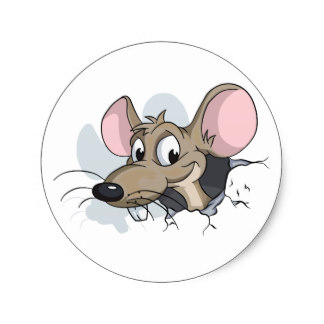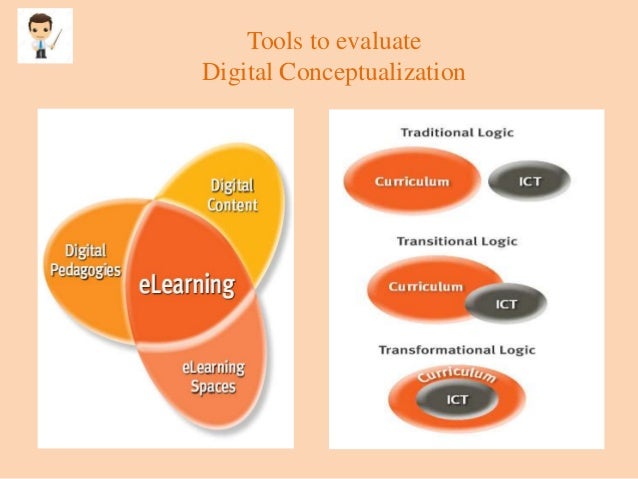Digital communication has changed the world: people can now connect across the globe in a blink of an eye. As pre-service teachers our responsibilities now include teaching students the impact of ICT.
Digital Citizenship
Digital Citizenship is about being confident, positive and responsible when engaging in digital technology. As pre-service teachers our aim is to provide students with the skills and knowledge to use digital technologies safely to investigate, create, communicate and operate in the digital world.
While I understood the terminology of digital citizenship I found myself asking: How do I teach this? What tools do teachers use? How much information do I need to give? I was lucky enough to came across this video that gave me further insight.
https://youtu.be/oCkTmZ0bF5Q?list=PLvzOwE5lWqhRhUa0Zet5__9yfLX8NRvb3
While there is a lot of focus on digital citizenship there is also the need to incorporate conversations that include the understanding of cyber-safety and cyber-bullying.
Cyber-Safety
To help students develop digital safety The Australian Government’s has a developed an online safety program; online safety: on the edge which provides internet users, particularly children and young people, with easy online access to cyber-safety information and assistance.
Cyber-bullying
One of the most disturbing outcomes of digital communication has been its misuse through cyber-bulling. Cyber-bulling is defined as ‘the use of information and communication technologies such as internet, emails, web sites/ applications and mobile phones, to support deliberate, repeated and hostile behaviour by an individual or group that is intended to harm others’( Kowalski & Limber, 2007, p. 43). Victorian State Government has created a Cyber-bullying advice sheet to support and guide parents and students who have been psychologically traumatised.
Digital Licence
Empowering students to think critically, behave safely and participate responsibly in a digital world can be made easier through the implementation of eSmart. This is a great tool that teachers students to be smart, safe and responsible through eight interactive modules. The eSmart program aims to improve student’s understanding and knowledge of being a digital citizen.
Promoting and modelling digital citizenship emphasises the importance of developing a cohesive digital citizenship curriculum.
Reference
Australian Government. (2017). Office of the eSafety Commissioner. Online safety: On the edge. Retrieved September 21, 2017 from https://esafety.gov.au/
Borovoy, A. (2014). Teaching Digital Citizenship. [Video]. Retrieved September 21, 2017 from https://www.youtube.com/playlist?list=PLvzOwE5lWqhRhUa0Zet5__9yfLX8NRvb3
Kowalski,R & Limber, s. (2007). Electronic bullying among middle school students. Journal of Adolescent Health, V 41 p.43
The Alannah and Madeline Foundation. (2017).eSmart Digital Licence. Retrieved September 21, 2017 from https://www.digitallicence.com.au/
Victoria State Government. (2017). Education and Training. Cyber-bullying. Retrieved September 21, 2017 from http://www.education.vic.gov.au/about/programs/bullystoppers/Pages/advicesheetcyber.aspx






 Minecraft. (n.d). [Image]. Minecraft. Retrieved August 18, 2017 from<
Minecraft. (n.d). [Image]. Minecraft. Retrieved August 18, 2017 from<


